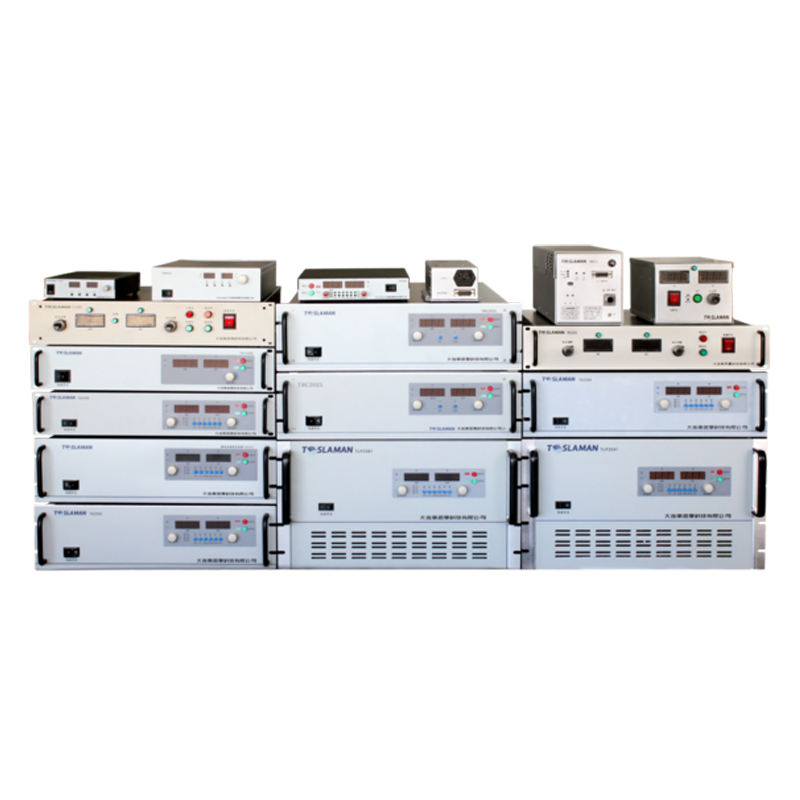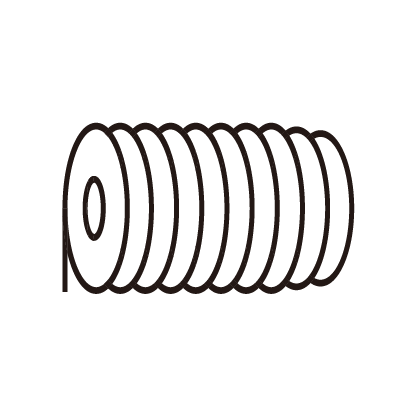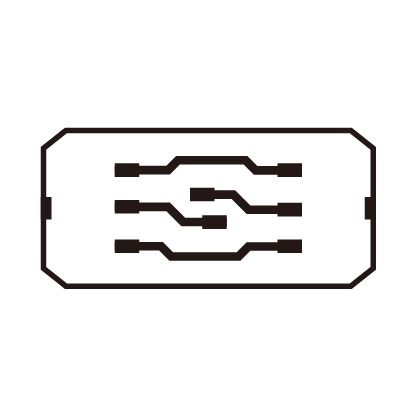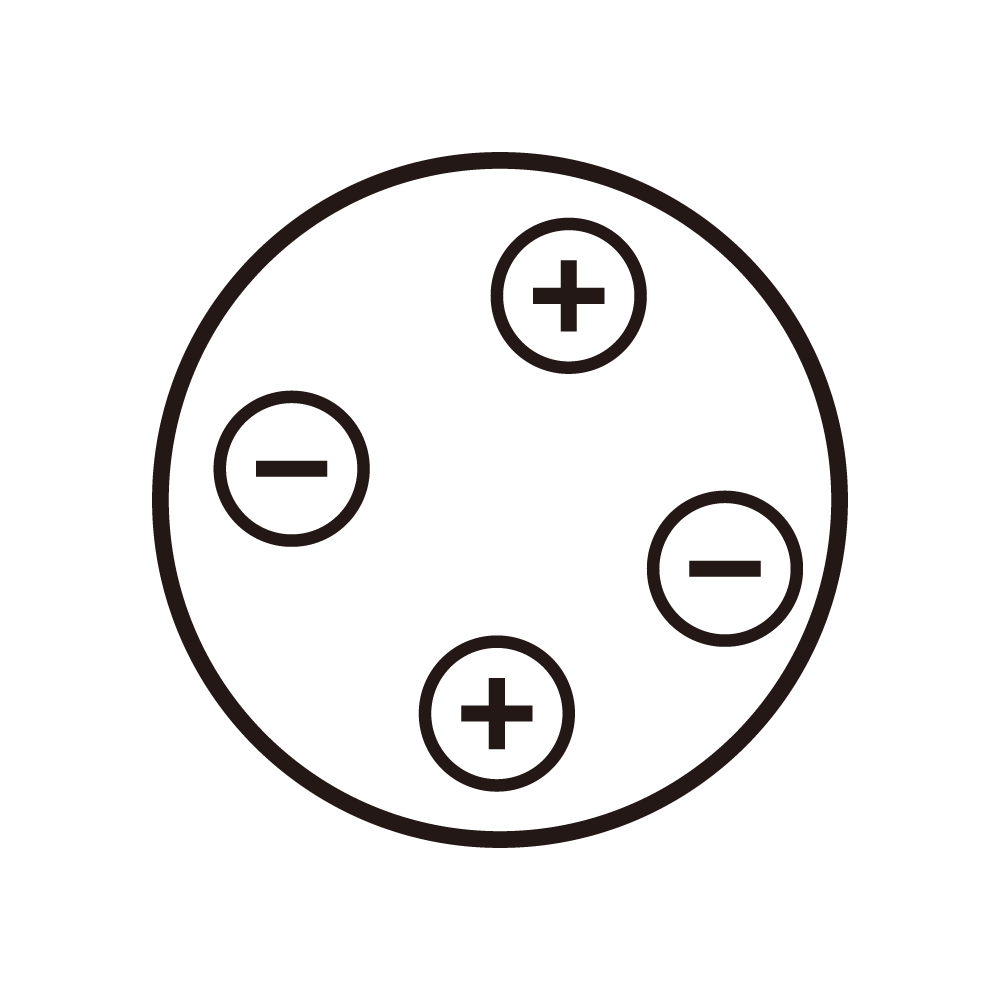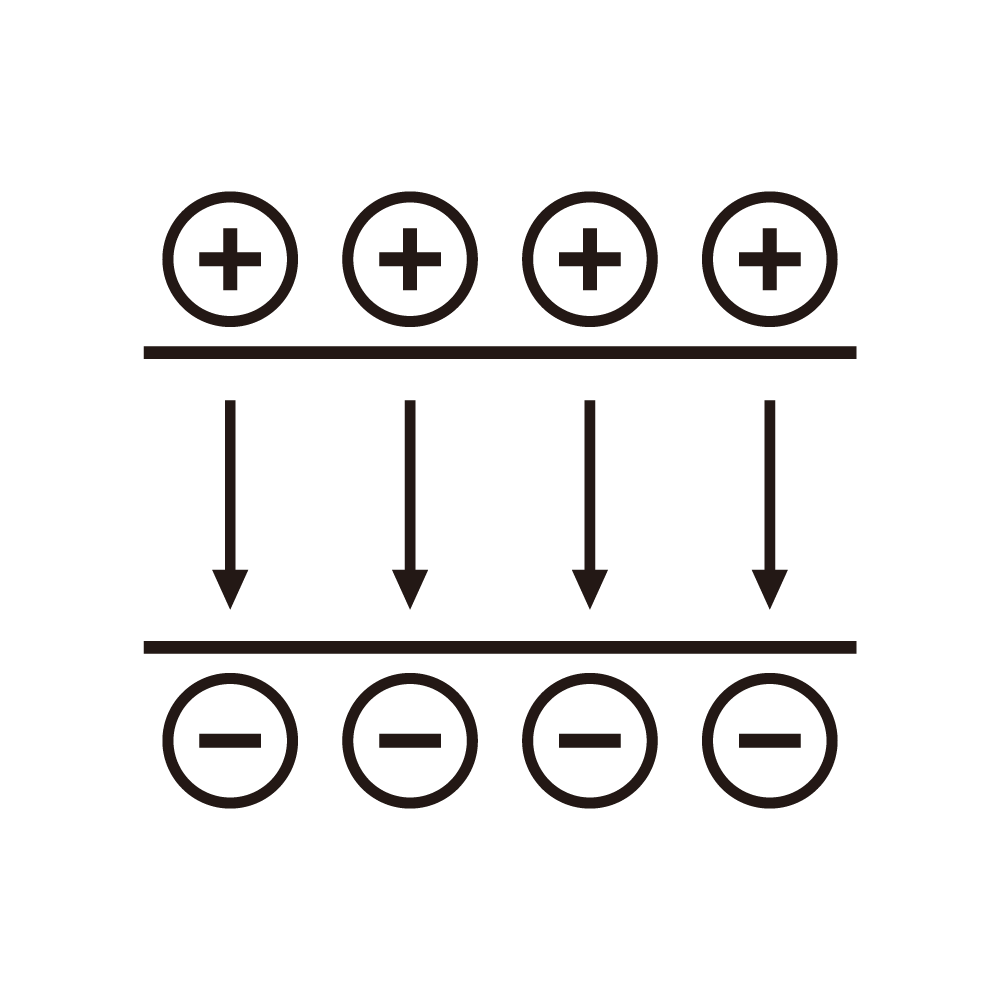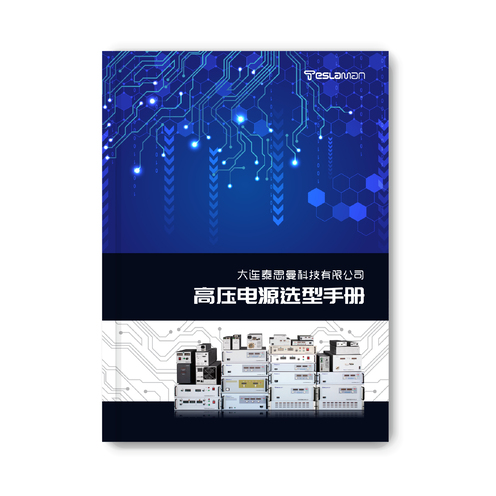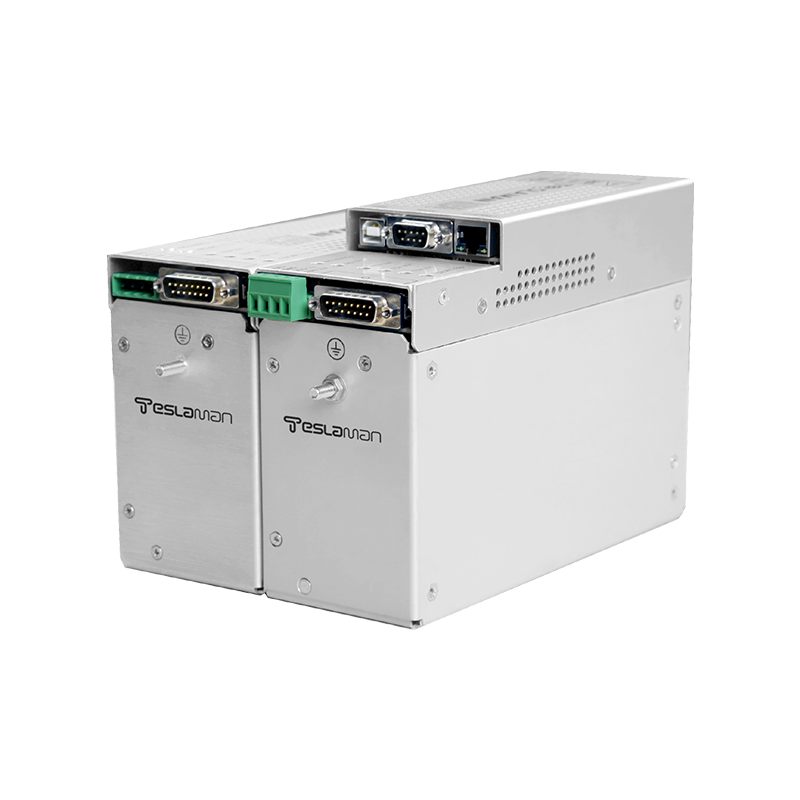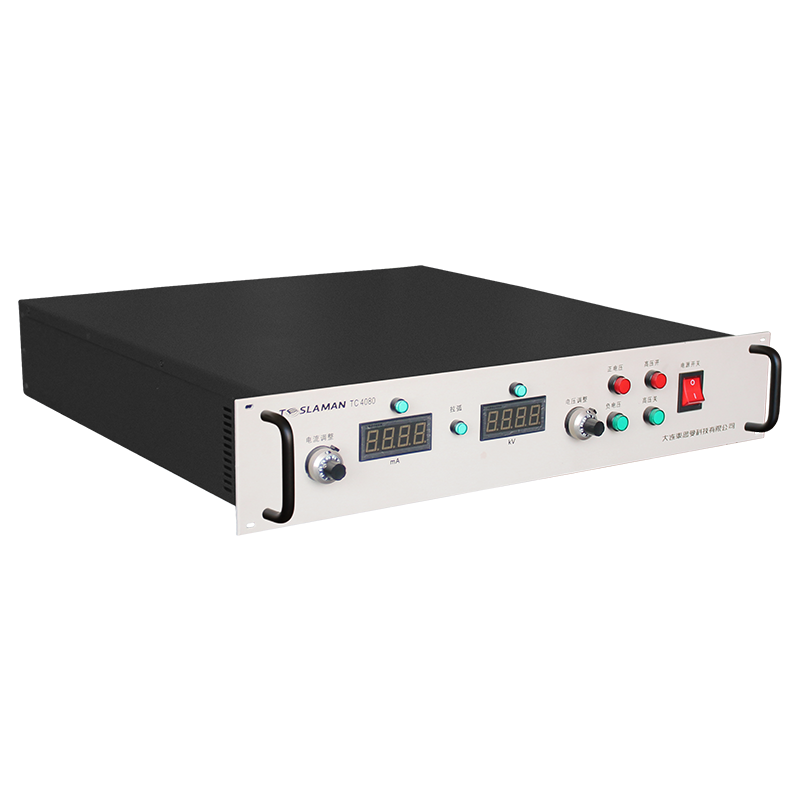Analysis of High-Voltage Power Supply Strategies for Plastic Sorting
With the increasing global focus on resource recycling and environmental protection, plastic sorting technology has become increasingly important in waste management, resource recovery, and industrial production. The core objective of plastic sorting is to efficiently separate different types of plastics (such as PET, PVC, and PE) using physical or chemical methods. High-voltage power supplies play a crucial role in plastic sorting equipment, as their performance directly impacts sorting efficiency, accuracy, and stability. This article explores the technical principles of plastic sorting, the critical role of high-voltage power supplies, and optimization strategies.
1. Principles of Plastic Sorting Technology and the Role of High-Voltage Power Supplies
Plastic sorting technology primarily relies on differences in the physical properties of materials, such as density, conductivity, dielectric constant, or optical characteristics, to separate different types of plastics. Among these, electrostatic sorting technology has gained prominence due to its efficiency and versatility. Electrostatic sorting utilizes a strong electric field generated by a high-voltage power supply to charge plastic particles, causing them to deflect based on their charge characteristics, thereby achieving separation.
The role of high-voltage power supplies in plastic sorting systems includes the following key aspects:
1. Providing Stable Electric Field Strength
High-voltage power supplies provide stable high-voltage output to create uniform and controllable electric fields. The strength of the electric field directly determines the charge level and trajectory of plastic particles, making the stability and precision of the power supply's output critical.
2. Controlling Particle Charging Characteristics
Different types of plastics have varying dielectric constants and conductivities, resulting in different charge distributions under the same electric field conditions. By adjusting the output voltage and waveform, high-voltage power supplies can precisely control the charging characteristics of plastic particles, thereby improving sorting accuracy.
3. Adapting to Multiple Sorting Modes
In practical applications, plastic sorting may require various modes, such as DC electric fields, AC electric fields, or pulsed electric fields. High-voltage power supplies must offer flexible output adjustment capabilities to meet the demands of different sorting processes.
2. Key Performance Indicators of High-Voltage Power Supplies for Plastic Sorting
To meet the stringent requirements of plastic sorting processes, high-voltage power supplies must possess the following key performance indicators:
1. High Output Voltage and Stability
Plastic sorting typically requires voltages in the range of several thousand volts or higher to generate sufficiently strong electric fields, ensuring that particles are adequately charged and exhibit significant deflection. Additionally, the power supply must maintain extremely high output stability (typically better than 0.1%) to avoid degradation in sorting performance due to voltage fluctuations.
2. Low Ripple and Noise
The output ripple and noise of high-voltage power supplies can directly affect the uniformity of the electric field, thereby influencing the charging characteristics and trajectories of plastic particles. In fine sorting scenarios, such interference may reduce sorting accuracy. Therefore, advanced filtering techniques and shielding measures must be employed in the design of high-voltage power supplies to minimize ripple and noise.
3. Fast Response Capability
In certain dynamic sorting processes (such as continuous sorting or multi-stage sorting), high-voltage power supplies must adjust voltage levels within milliseconds to adapt to varying sorting conditions. This requires excellent transient response characteristics and flexible programmable control functions.
4. Wide-Range Adjustment Capability
The sorting requirements for different types of plastics vary significantly. For example, lightweight plastics may require lower voltages, while heavier plastics may need higher voltages. Therefore, high-voltage power supplies should offer wide-range adjustment capabilities to meet diverse needs.
5. Environmental Adaptability and Reliability
Plastic sorting equipment typically operates in industrial environments, posing special requirements for the dust resistance, moisture resistance, and thermal management of high-voltage power supplies. Additionally, features such as overvoltage protection and short-circuit protection are essential to ensure long-term safety and reliability.
3. Optimization Strategies for High-Voltage Power Supplies in Plastic Sorting
To further enhance the performance of high-voltage power supplies in plastic sorting, improvements can be made in the following areas:
1. Optimization of Circuit Topology
Traditional linear high-voltage power supplies, while stable, are inefficient and bulky. In recent years, switch-mode high-voltage power supplies have gradually become mainstream. By introducing soft-switching technologies (such as zero-voltage switching [ZVS] and zero-current switching [ZCS]), conversion efficiency can be significantly improved while reducing electromagnetic interference (EMI). Furthermore, multi-stage boost topologies can incrementally increase voltage, reducing stress on individual stages and enhancing overall system reliability.
2. Introduction of Wide-Bandgap Semiconductor Devices
Wide-bandgap semiconductor materials (such as silicon carbide [SiC] and gallium nitride [GaN]) are ideal for improving the performance of high-voltage power supplies due to their excellent high-temperature tolerance, high-frequency characteristics, and low on-resistance. Compared to traditional silicon-based devices, wide-bandgap components can operate at higher frequencies while significantly reducing switching and conduction losses, thereby improving efficiency and reducing size.
3. Application of Intelligent Control Technologies
Intelligent control algorithms based on artificial intelligence (AI) and digital signal processing (DSP) can monitor system status in real time and dynamically adjust output parameters to achieve optimal sorting results. For example, load-adaptive regulation technology can automatically optimize voltage, frequency, and waveform based on plastic type, particle size, and sorting speed, thereby improving sorting accuracy.
4. Improvement of Thermal Management
High-voltage power supplies generate heat during operation, and inadequate heat dissipation can lead to increased device temperatures, higher losses, and reduced stability. Therefore, efficient thermal management solutions (such as liquid cooling, air cooling, or heat pipes) are critical for maintaining high efficiency and long service life.
5. Enhancement of Anti-Interference Capability
During the plastic sorting process, electric field discharges may generate strong electromagnetic interference, affecting the normal operation of high-voltage power supplies. By optimizing shielding designs, adopting differential signal transmission, and enhancing filter networks, the anti-interference capability of power supplies can be effectively improved, ensuring sorting stability.
4. Challenges in Practical Applications
Despite significant progress in the performance of high-voltage power supplies for plastic sorting, several challenges remain in practical applications:
1. Adaptability to Complex Sorting Conditions
The sorting requirements for different types of plastics vary significantly. For example, lightweight and heavyweight plastics have different requirements for electric field strength. Designing adaptable high-voltage power supplies remains a key focus for future research.
2. Balancing Miniaturization and High Efficiency
As equipment trends toward miniaturization, achieving efficient heat dissipation and high power density within limited space presents a design challenge.
3. Stability in Extreme Environments
In dusty, humid, or high-temperature environments, the performance of high-voltage power supplies may be affected. Ensuring high-quality output under extreme conditions remains an important issue.
5. Conclusion
The performance optimization of high-voltage power supplies for plastic sorting is a key factor in advancing plastic sorting technology. By optimizing circuit topology, introducing wide-bandgap semiconductor devices, applying intelligent control technologies, and enhancing thermal management, the performance of high-voltage power supplies can be significantly improved to meet the demands of advanced plastic sorting processes. However, challenges related to complex sorting conditions and extreme environments still need to be addressed in practical applications.
With the continuous development of power electronics technology, high-voltage power supplies for plastic sorting will play an increasingly important role in advanced fields, providing more efficient and reliable solutions for resource recovery and environmental protection.
